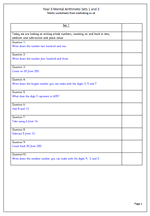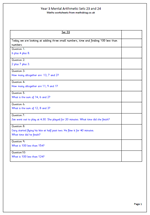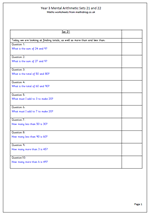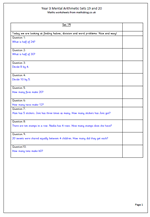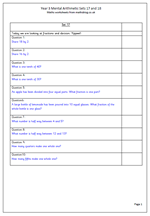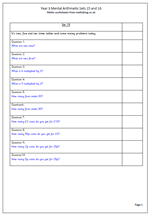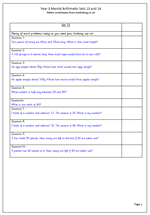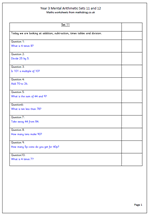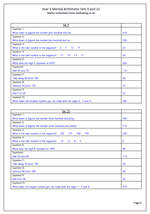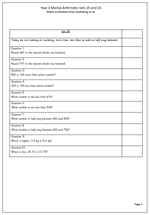 Today I have published the first of our next sets of mental arithmetic for year 3. This is the first of another 12 sets for the spring term, which will build up to another 24 pages of 10 questions.
Today I have published the first of our next sets of mental arithmetic for year 3. This is the first of another 12 sets for the spring term, which will build up to another 24 pages of 10 questions.
This week I am looking at rounding, using terms such as ‘more than’ and ‘less than’ as well as finding numbers half way between two other numbers.
The rounding questions are straightforward and a good check to see if children understand this idea.
Watch out for the question, ‘500 is 100 more than which number?’ Many children will not think how this has been phrased and answer 600, when the correct answer is 400.
Finding ten less than a number which is just over the hundreds boundary (eg ten less than 207) can also prove tricky. There are several approaches, including
Taking ten from the 20 tens in 207, leaving 19 tens and 7 or 197.
Counting back 7 to 200 and then another 3 to 197.
Remember to ask children how they worked out the answers.
